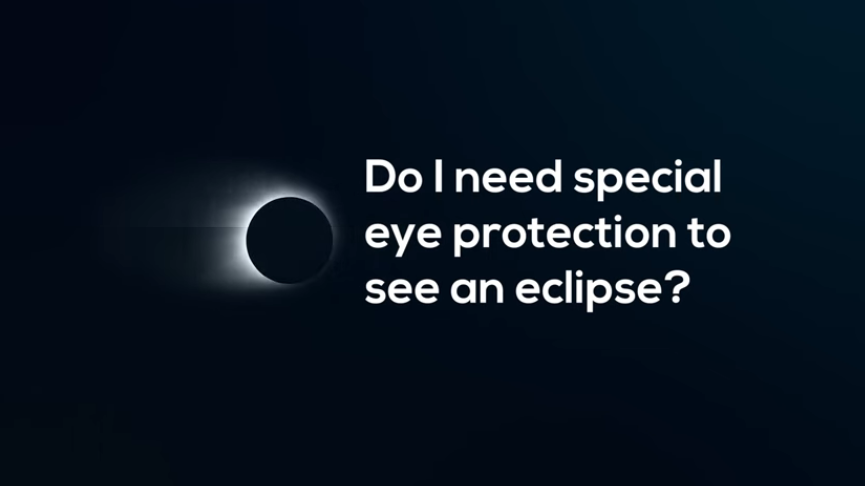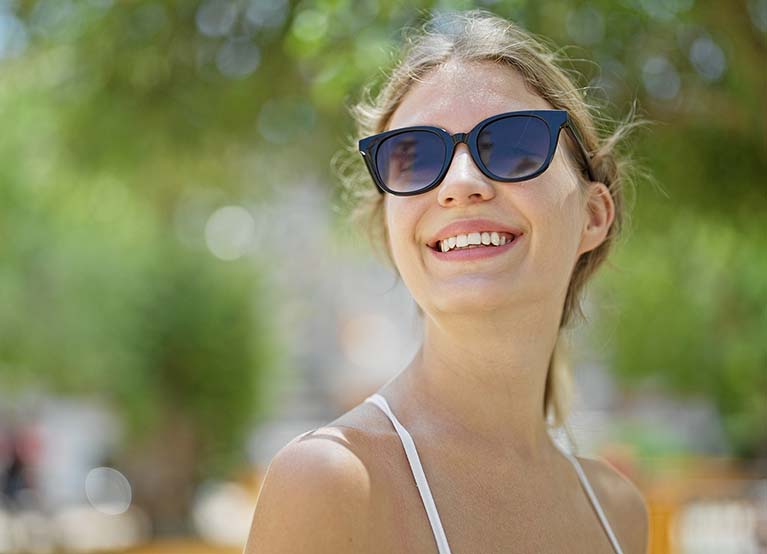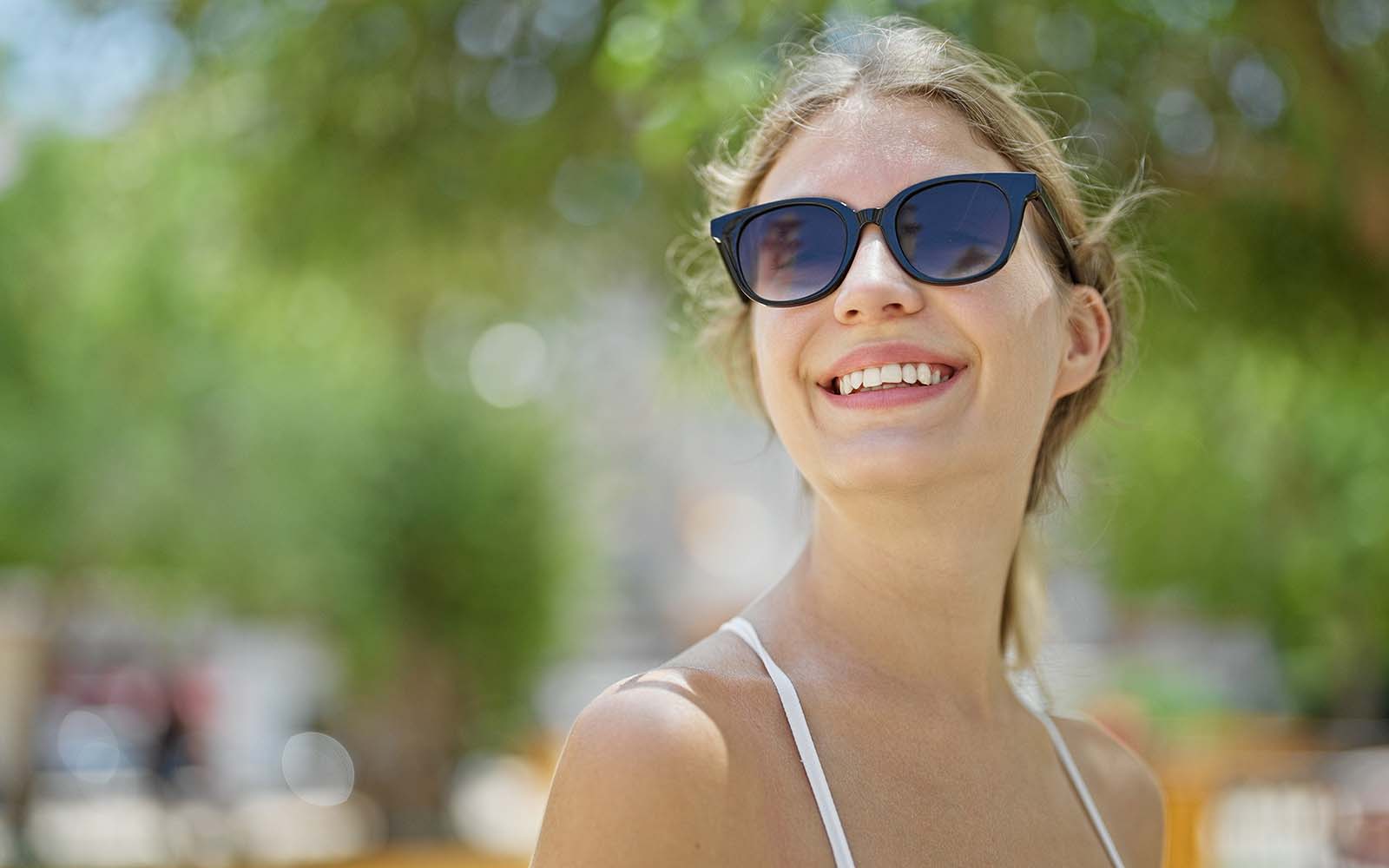Why regular sunglasses are not sufficient eye protection during an eclipse
As the excitement builds for an upcoming solar eclipse, many people may think that their regular sunglasses will provide adequate eye protection. However, this is a common misconception that can lead to serious eye damage. Here's why regular sunglasses are not sufficient eye protection during an eclipse and what you should use instead.
The dangers of regular sunglasses
Regular sunglasses are designed to reduce the amount of visible light that enters the eye, making bright conditions more comfortable. However, they are not designed to protect against the intense light of the sun during an eclipse. The sun's rays can still cause damage to the retina, even when partially obscured by the moon.
This short video, "Eclipse Q&A with Bill Nye", explains why you need eclipse viewing glasses to look at the eclipse safely.
"The eclipse will be beautiful, but looking right at the Sun for seconds and minutes on end will damage your eyes. Regular sunglasses and other types of tinted plastic or glass are not strong enough to protect your eyes even when the Sun is partially covered by the Moon. You should only use special-purpose solar filters to look at the Sun like these eclipse viewing glasses, which I just happen to have with me."

The risk of solar retinopathy
Staring at the sun without proper eye protection, including during an eclipse, can lead to a condition known as solar retinopathy. This occurs when the sun's rays damage the cells in the retina, the light-sensitive tissue at the back of the eye. The most common cause of solar retinopathy comes from looking at the sun, either by sungazing or viewing a solar eclipse without proper eye protection. It has also been linked to welding and the use of laser pointers.
Since our retinas do not have pain receptors, we cannot feel the damage as it is happening. Symptoms typically occur within a few hours after exposure. Symptoms of solar retinopathy can include blurred vision, blind spots, and difficulty seeing colors. Although some people will fully recover their vision over the course of several months, others will suffer from permanent vision loss.
Proper eye protection during an eclipse
To safely view a solar eclipse, it is essential to use special-purpose solar filters or eclipse glasses that meet the international standard for eye protection (ISO 12312-2). These glasses are designed to block out harmful ultraviolet (UV) and infrared (IR) radiation, as well as the intense visible light of the sun. If you aren't sure whether your solar eclipse glasses are safe, the American Astronomical Society has worked diligently to compile a list of reputable vendors.
In addition to making sure your solar eclipse glasses or handheld viewers come from a reputable source, it's crucial to ensure that the glasses are in good condition, with no scratches or punctures. If they appear to have damage of any kind, discard of them and do not use.
Alternatives to eclipse glasses
If you don't have access to eclipse glasses, there are other safe ways to view a solar eclipse. One option is to use a pinhole projector, which projects an image of the eclipsed sun onto a surface, such as a piece of paper or cardboard. Another option is to watch the eclipse online or on television, where it is safe to view without eye protection.
Final Thoughts: Why regular sunglasses are not sufficient eye protection during an eclipse
Regular sunglasses are not sufficient eye protection during a solar eclipse. To protect your eyes from the sun's harmful rays, including during an eclipse, it's essential to use special-purpose solar filters or eclipse glasses that meet the international standard for eye protection. By taking the necessary precautions, you can safely enjoy the beauty of a solar eclipse without risking your vision.



